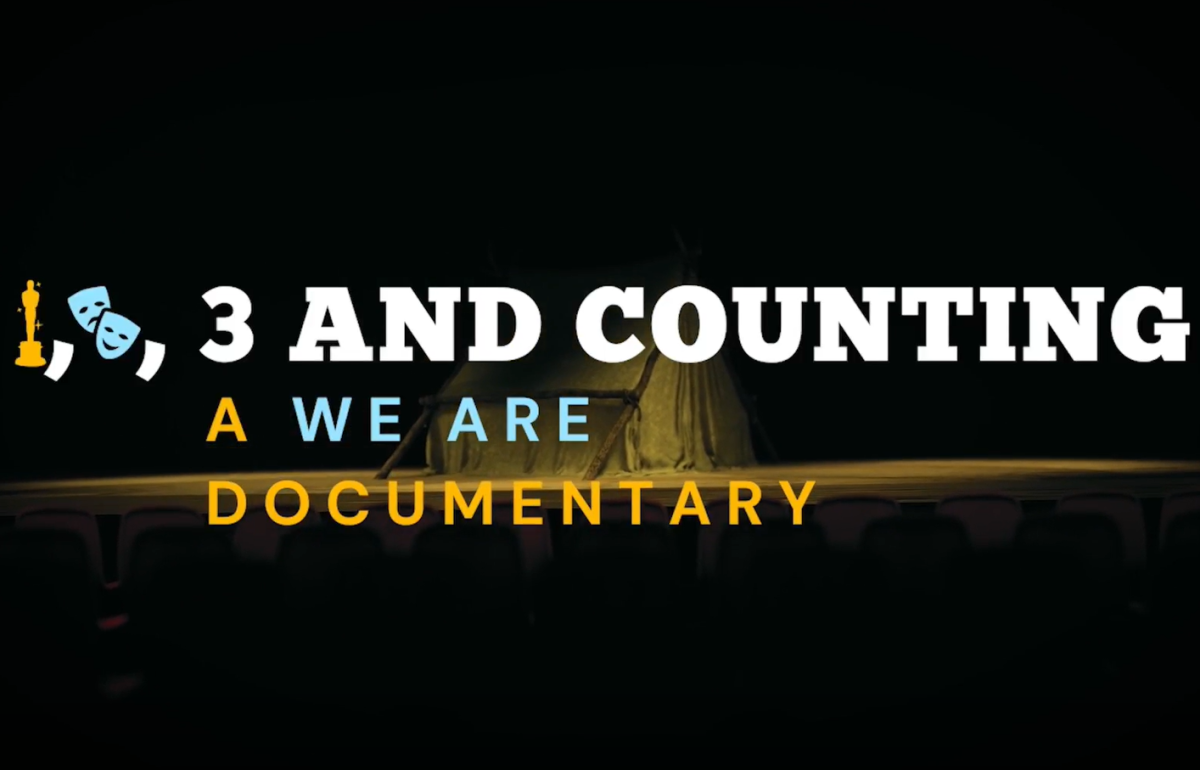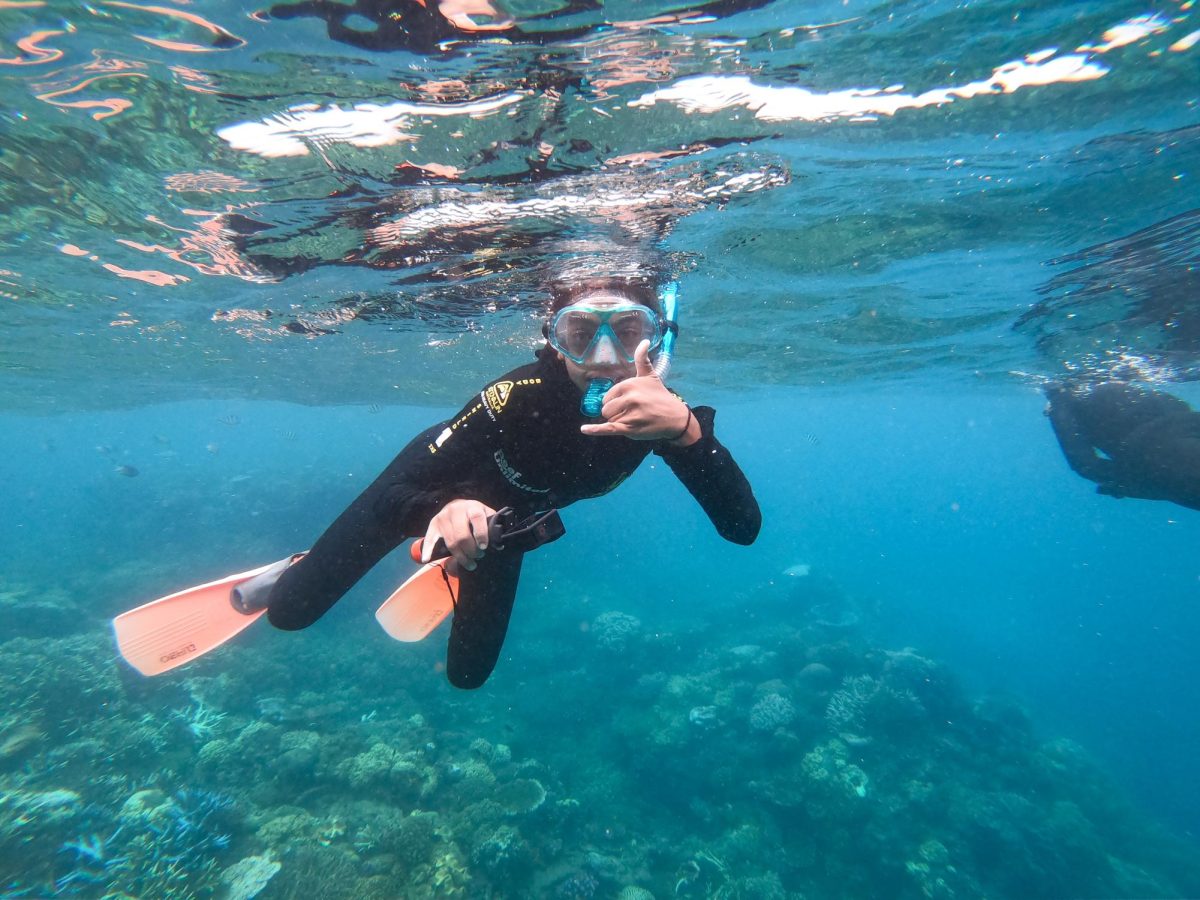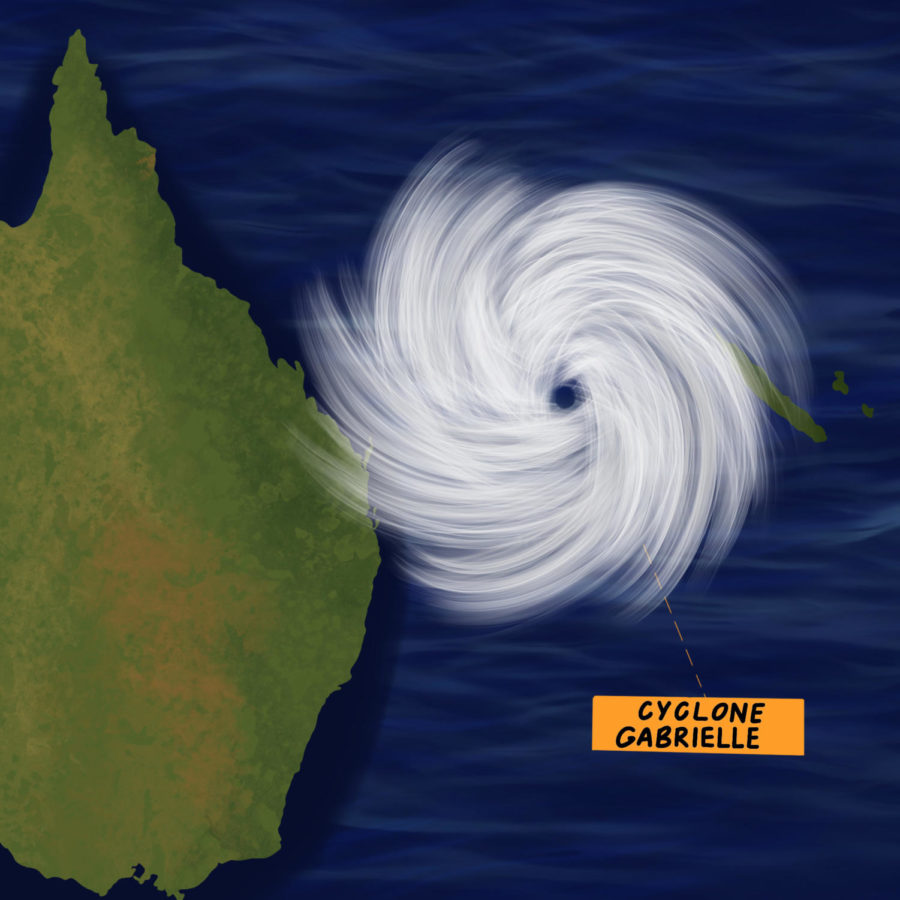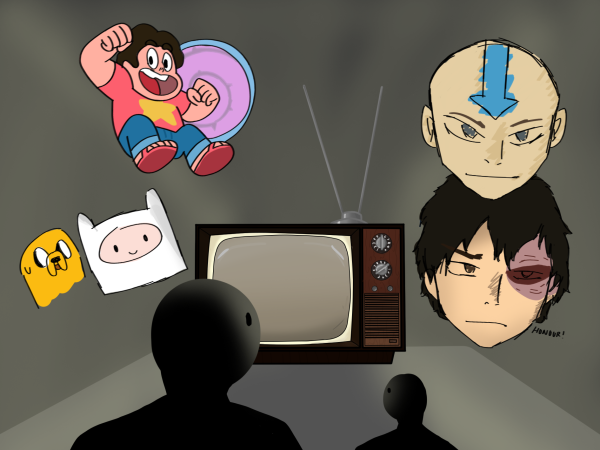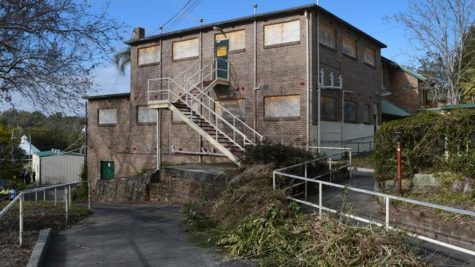Cyclone Gabriel
March 1, 2023
The world had hardly recovered from the first Turkey and Syria Earthquake when, yet another, disaster struck on the other side of the world. New Zealand was hit with Cyclone Gabrielle – the worst natural disaster Kiwis have experienced during this century. Newly elected Prime Minister Chris Hipkins even stated, “The severity and the damage that we are seeing has not been experienced in a generation.” So, what did Cyclone Gabrielle do to this country off the coast of Australia?
Cyclone Gabrielle affected the North Island and the top of the South Island from the 12th to the 16th of February, with a national state of emergency declared on the 14th of February. About half the country’s population was affected, with nearly 10 000 being forced from their homes into evacuation centres. The death toll stands at 11, with that number likely to rise. The torrential rain brought widespread flooding, evacuations, landslides and flight cancellations. Footage and images online show people trapped in waist-deep floodwater and rescuers carrying out evacuations on kayaks. Strong winds led to widespread power outages and property damage and the military helped with evacuations, delivering supplies to the worst-affected parts of the North Island.
While New Zealand has been affected by ex-tropical cyclones before, climate change is more than likely to blame for the intensity of Gabrielle. Bringing more destruction to the country than any weather conditions in decades. And with the atmosphere continuing to warm, the future does not look good, increasing the intensity and frequency of extreme rainfall events.
The climate change minister, James Shaw, said of the cyclones devastating effects: “This is climate change.”
In his furious speech to parliament, he decried “the lost decades that we spent bickering and arguing about whether climate change was real or not, whether it was caused by humans or not, whether it was bad or not, whether we should do something about it or not”.
He added: “We cannot put our heads in the sand when the beach is flooding. We must act now.”
The prime minister indicated the cyclone – and other extreme weather events – would have to change how and where New Zealand builds its communities.
“We need to look at the sustainability of some of the places where we have built previously,” he said. “We’ve got a long history of poor past decisions in New Zealand that we’re confronting right now.”
Immediately following the cyclone, the number of uncontactable people reached 6000 due to communications to many areas being cut off. Now after two weeks, the number has dropped to eight (26/02).
Grant Robertson, the country’s Finance Minister revealed last week that the cost to New Zealand’s government may be similar to that following the Christchurch earthquake in 2011, nearing $8.42 billion. Economists are already warning of the impact the cyclone will have on the cost of daily living and analysts say the inflation is already at an almost 30-year high of 7.2%, this is expected to climb as the country looks to repair its infrastructure and lost agricultural properties.



